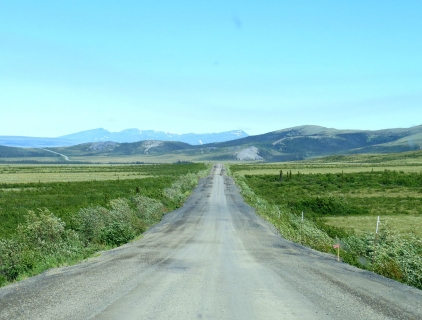Mayo Weather and Climate: A Comprehensive Guide
Mayo experiences great temperature shifts.
The city's weather can transition from pleasant days
to very cold weather.
It's weather is marked by below-average rain/snowfall.
Let’s explore the climate details in depth to provide you with a complete overview.
Average maximum day and minimum night temperature
The climate in Mayo is known for significant temperature differences throughout the year, making the weather dynamic. Average daytime temperatures reach a pleasant 21°C in July. In January, the coolest month of the year, temperatures drop to a very cold -19°C.
At night, you can expect cooler temperatures, with averages dropping to around -27°C during this month. Check out our detailed temperature page for more information.Temperature ranges by month
Precipitation and rainy days
Mayo has a relatively dry climate with low precipitation, averaging 448 mm of rain/snowfall annually. Mayo can be quite wet during July, receiving approximately 65 mm of precipitation over 15 rainy days. In contrast March, experiences much drier conditions, with 17 mm of snowfall, spread across 7 snowy days. For more details, please visit our Mayo Precipitation page.The mean monthly precipitation over the year, including rain, hail and snow
Average humidity
The relative humidity is high throughout the year in Mayo.
The city experiences its highest humidity in January, reaching 81%. In May, the humidity drops to its lowest level at 37%. What does this mean? Read our detailed page on humidity levels for further details.
Relative humidity over the year
Average wind speed
The mean wind speed over the year ranges from 1 m/s in January, February, June, July, August, September, November and December to 2 m/s in March, April, May and October.
The mean monthly wind speed over the year (meters per second)
overcast and slight snow overcast and no rain broken clouds and no rainForecast for Mayo
Select a Month of Interest
Check the conditions for any month of the year.
The best time of year to visit Mayo in Canada
Other facts from our historical weather data:Yes, the months of February and March are very dry.
July has an average maximum temperature of 21°C and is the warmest month of the year.
The coldest month is January with an average maximum temperature of -19°C.
July tops the wettest month list with 65 mm of rainfall.
March is the driest month with 17 mm of precipitation.
No idea where to travel to this year? We have a tool that recommends destinations based on your ideal conditions. Find out where to go with our weather planner.




